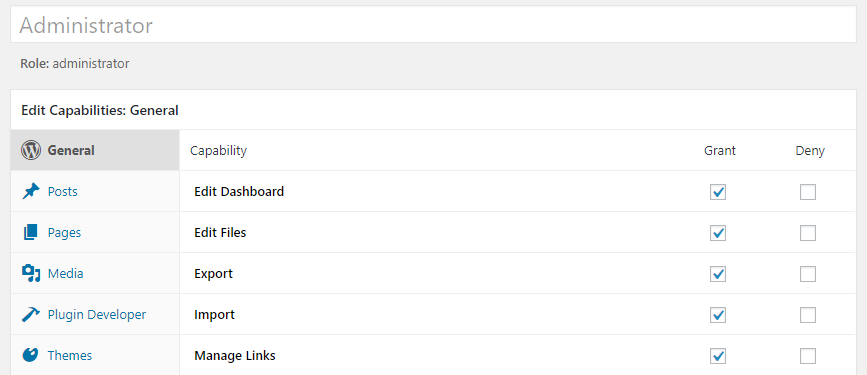Managing Permissions With the WordPress Plugin Members 2.0

After eight years of development, the free WordPress plugin Members has recently made it to version 2.0. And it might well become the standard for member websites.
 On the content level, error messages or other text notifications can now be written and formatted using the WordPress editor. This way, for example, the unauthorized reader will see that he has to register first in a pleasant way.
On the content level, error messages or other text notifications can now be written and formatted using the WordPress editor. This way, for example, the unauthorized reader will see that he has to register first in a pleasant way.
Members 2.0: No Genuine Member Management System
Members was created by WordPress celeb Justin Tadlock and is eight years old already. For a long time, Tadlock didn't put much take into Members and pretty much only fixed errors. Recently, he's been going on the offensive. In version 2 of his plugin for permission management, he turned Members into a framework for the construction of a member website. Up to that point, Members was not capable of more than adding a few more user roles to the WordPress default ones. This made the access to the contents much more precisely controllable, down to the level of an individual article. In its current version, Members is not to be confused with a real member management plugin, like MemberPress, either. Giants like MemberPress do a lot more than rights management. They e.g. also process the payment of paid member functions.Members 2.0 as a Framework
In version 2.0, Members opens itself to third party add-ons. This way, it is now possible to offer free or charged individual features from third parties for special needs. Available add-ons are displayed in the backend. Tadlock himself wants to contribute to the growth of the supply with additional add-ons. Providing add-ons is his monetization strategy. Thus, Members will always be available for free under the GPL. Only a few additional features may require payment. The core functionality is unaffected.Legible Permissions
Tadlock made Members easier to use for the admin. Now, all system permissions can be displayed in a way that's legible for humans. This could turnedit_posts into Edit Your Posts, for example. A side effect of this change is, that permissions can now be translated. As long as third-party plugins have their own permission requirements, they can now register them with Members, allowing them to benefit from the translatability.
 On the content level, error messages or other text notifications can now be written and formatted using the WordPress editor. This way, for example, the unauthorized reader will see that he has to register first in a pleasant way.
On the content level, error messages or other text notifications can now be written and formatted using the WordPress editor. This way, for example, the unauthorized reader will see that he has to register first in a pleasant way.
